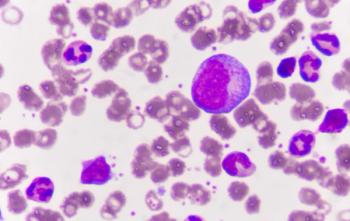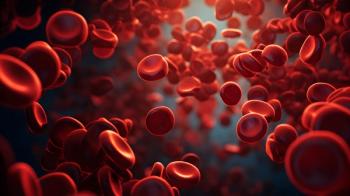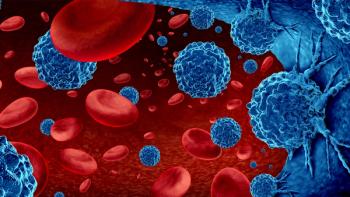
Cervical Cancer Advances May Heighten Preexisting Health Disparities
As the HPV vaccine becomes more prevalent, cervical cancer rates are expected to decrease significantly by 2030. However, this trend may differ across socioeconomic communities.
A predictive model demonstrated that cervical cancer may soon be almost entirely prevented in communities with low poverty rates. However, this elimination may not apply to communities with high poverty rates, according to data published in the journal of Cancer Epidemiology, Biomarkers & Prevention.
Specifically, it is estimated that this disease subtype may be virtually eliminated by 2030 in low poverty American communities. The anticipated time in high poverty communities is unfortunately doubled, with the model predicting a near elimination by 2044 in these areas.
“Other studies have predicted that, as a whole, the U.S. will hit the elimination target in the middle of that range. The fact that some places will hit it a decade before other places is a little bit of a ‘gut punch,’” commented Jennifer Spencer, PhD, an assistant professor at the University of Texas at Austin, who performed this work as a research fellow at the Harvard School of Public Health, in a press release.
In the United States, roughly 14,000 cases of cervical cancer are diagnosed every year and there are estimated to be around 4,000 case-related deaths. Human papillomavirus (HPV) infections are the cause behind over 90% of cervical cancer diagnoses. HPV is a sexually transmitted infection that can also cause anal, penile, vaginal, vulvar, and oropharyngeal tumors.
Since 2006, available HPV vaccines have served to protect against 9 different HPV types, including 7 out of the 14 which are associated with an increased risk of cancer. All adolescents are advised to receive a full vaccination, which consists of 2 doses for children aged 9 to 15 and 3 doses for individuals between 15 and 26 years of age. According to the World Health Organization, a “near-elimination” of cervical cancer equates to less than 4 cases per 100,000 individuals. The vaccine is over 90% effective in preventing HPV-related cancers and is therefore expected to help the United States reach “near-elimination” status.
However, most patients do not develop cervical cancer until they are older than 30 years old. Therefore, scientists are not yet able to quantify the effects of widespread vaccination effort—the first round of vaccinated adolescents are only now beginning to enter the age range of increased risk. Because of this, researchers have turned to tools like predictive models.
Spencer and her colleagues used previous models to design a model of HPV spread and progression. The model considered the risk of HPV transmission among vaccinated vs unvaccinated individuals, the probably of HPV progressing to cervical cancer, rates of cervical cancer screenings, and the odds of effective cancer treatment.
The model was designed into 2 separate versions. One represents a hypothetical county in the lowest poverty quartile while the other represents one of a county in the highest poverty quartile. Researchers used immunization data from the National Immunization Survey-Teen (NIS0Teen), screening and follow-up data from the National Health Interview Survey (NHIS), and HPV prevalence data from the National Health and Nutrition Examination Survey (NHANES), to compare immunization data between low and high poverty areas.
The results predicted that there will be 21,604 excess cases of cervical cancer in high-poverty areas compared with those in low-poverty areas. Despite this, the rate of excess cases is still believed to improve. Specifically, the disparity in excess cervical cancer rates in high-poverty areas is anticipated to decrease from 2.5 excess cases per 100,000 women to an excess of 1.0 case per 100,000 women by 2070. Although the model did not demonstrate that near elimination would be achieved sooner if vaccination rates reached 80%, vaccination efforts are still predicted to reduce around 1,000 excess cases over the next 50 years.
Limitations of this study include the fact that the model only accounted for heterosexual transmission, and it did not factor in infections with more than one type of HPV, which could alter vaccine efficacy predictions. Additionally, the authors acknowledge that, in the coming years, an improved understanding of disease progression following HPV infection and cervical cancer carcinogenesis could affect the accuracy of these predictions.
“Vaccination can do a lot of good, but it’s unlikely that the disparities can be addressed through just vaccination,” concluded Spencer. “The next step is to identify what policies we can use to close these gaps in the future.”
Reference
Low-poverty U.S. communities may eliminate cervical cancer by 2030 but high-poverty communities may lag behind. American Association for Cancer Research. News release. September 9, 2021. Accessed January 17, 2021.
Newsletter
Knowledge is power. Don’t miss the most recent breakthroughs in cancer care.

















































































